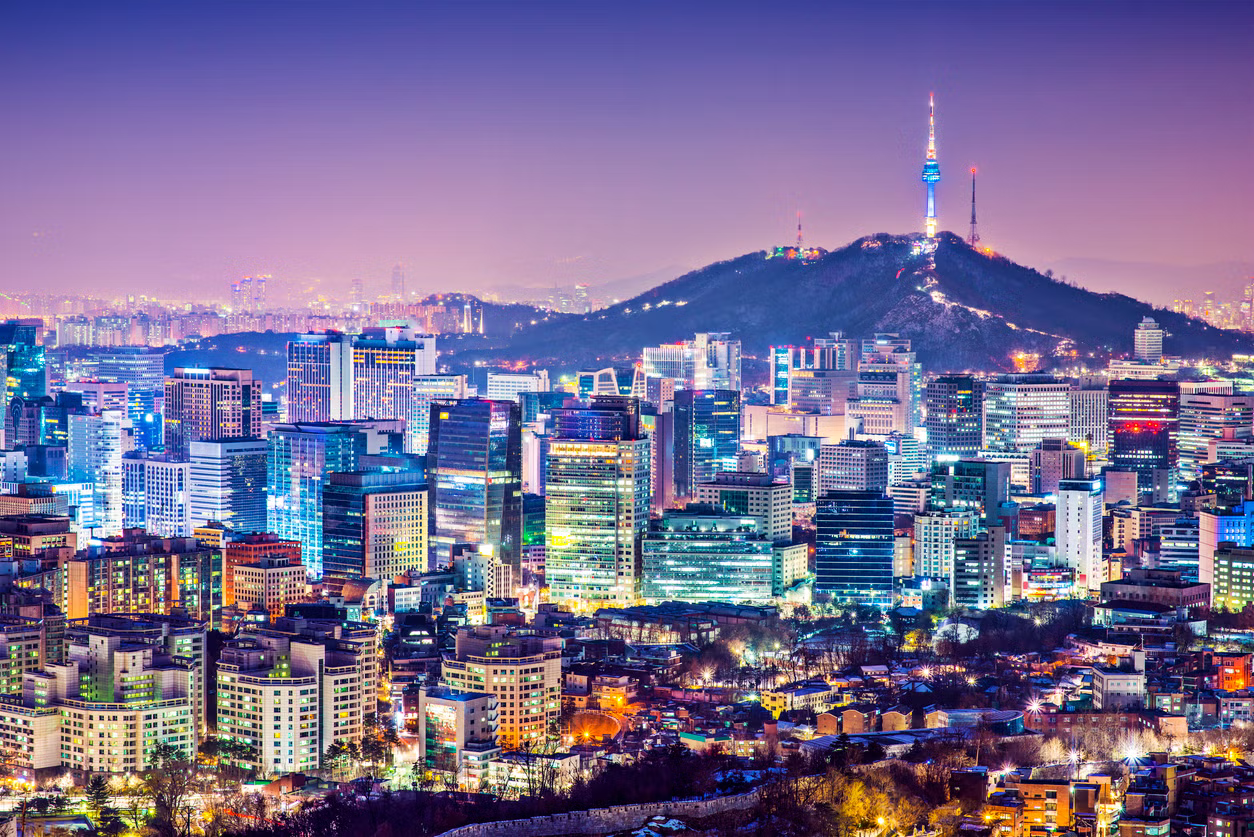Seoul, the bustling capital of South Korea, is a city that seamlessly blends ancient traditions with modernity. Nestled along the Han River, Seoul is a melting pot of culture, cuisine, and innovation, offering visitors a vibrant and immersive experience like no other. From historic landmarks to futuristic skyscrapers, from mouthwatering street food to Michelin-starred restaurants, Seoul has something to offer every traveler. In this comprehensive guide, we’ll delve into the rich tapestry of Seoul’s attractions, delve into its cultural nuances, and provide tips for making the most of your visit to this captivating city.
Historical Background
Seoul’s history dates back over 2,000 years, with evidence of human settlement in the area dating as far back as the Neolithic period. The city’s name, “Seoul,” is believed to have originated from the word “Seorabeol,” which was the capital of the ancient Korean kingdom of Baekje. Over the centuries, Seoul served as the capital of various Korean dynasties, including the Goryeo and Joseon dynasties, each leaving its mark on the city’s architecture, culture, and traditions.
One of the most significant periods in Seoul’s history was the Joseon Dynasty (1392-1910), during which the city flourished as the political, cultural, and economic center of Korea. It was during this time that many of Seoul’s iconic landmarks, such as Gyeongbokgung Palace and Changdeokgung Palace, were constructed. However, Seoul also faced challenges, including invasions by neighboring powers and the devastation of the Korean War in the 20th century, which led to the division of the Korean peninsula and the establishment of Seoul as the capital of South Korea.
Seoul’s Geographical and Demographic Overview
Seoul is located in the northwest corner of South Korea, bordered by the rugged terrain of the Bukhan Mountains to the north and the expansive Han River to the south. The city’s strategic location has played a crucial role in its development as a major cultural and economic hub in East Asia. With a population of over 10 million people, Seoul is one of the largest cities in the world, characterized by its dense urban landscape, bustling streets, and vibrant neighborhoods.
The demographic makeup of Seoul is diverse, with people from all walks of life and various cultural backgrounds calling the city home. While the majority of the population is ethnically Korean, Seoul is also home to significant expatriate communities from countries around the world, contributing to its cosmopolitan atmosphere. From the historic palaces of Jongno to the trendy neighborhoods of Gangnam, Seoul’s diverse neighborhoods offer a glimpse into the city’s multifaceted identity.
Iconic Landmarks and Attractions
Historical Sites
Seoul is steeped in history, with a wealth of ancient palaces, temples, and shrines scattered throughout the city. One of the most iconic landmarks is Gyeongbokgung Palace, the largest of the Five Grand Palaces built during the Joseon Dynasty. Built-in 1395, Gyeongbokgung served as the main royal palace of the Joseon dynasty and is renowned for its stunning architecture, including the imposing Gwanghwamun Gate and the picturesque Gyeonghoeru Pavilion.
Another must-visit historical site is Changdeokgung Palace and Huwon, a UNESCO World Heritage Site known for its exquisite gardens and secret hideaways. Built-in 1405, Changdeokgung served as a secondary palace for the Joseon kings and was favored for its natural beauty and serene atmosphere. The highlight of the palace complex is the Biwon, or Secret Garden, a tranquil oasis featuring lotus ponds, pavilions, and ancient trees.
Modern Landmarks
In addition to its historic sites, Seoul is also home to a host of modern landmarks that showcase the city’s contemporary architecture and innovation. One such landmark is N Seoul Tower, a symbol of Seoul’s skyline located atop Namsan Mountain. Offering panoramic views of the city, N Seoul Tower is a popular spot for tourists and locals alike, especially at sunset when the city lights up in a dazzling display.
Dongdaemun Design Plaza (DDP) is another architectural marvel worth exploring. Designed by renowned architect Zaha Hadid, DDP is a futuristic complex that houses exhibition spaces, design studios, and a shopping mall. With its striking curves and sleek glass facade, DDP has become a symbol of Seoul’s creative energy and design prowess.
Vibrant Culture and Entertainment
Culinary Delights
No visit to Seoul would be complete without sampling its world-renowned cuisine. From fiery kimchi to savory bulgogi, Korean food is celebrated for its bold flavors and diverse ingredients. One of the best places to experience Seoul’s culinary scene is in its bustling markets, where vendors hawk everything from sizzling street food to freshly caught seafood.
One of the most popular dishes to try in Seoul is bibimbap, a colorful medley of rice, vegetables, meat, and gochujang (spicy chili paste) that is mixed together before eating. Another must-try dish is samgyeopsal, thinly sliced pork belly that is grilled at the table and served with an array of side dishes known as banchan.





